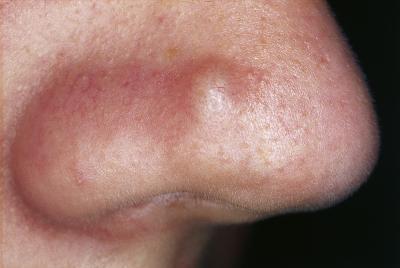By Maddox Brown
Salutations!
Now I believe we’ve all heard of bedbugs, right? Those pesky little miscreants who reside on our beds waiting for the right time to inflict pain and bodily harm upon us. The very thing our parents mention when they say to us before we go to sleep, “Sleep tight, and don’t let the bedbugs bite!” I’ve heard it enough times that hearing the name makes my skin crawl. Anyway, here are some interesting facts to know about these bugs that you may not have known before.
They Can Thrive in Any Place
When you think of bedbugs, you think of the tiny critters dwelling on or even in your mattress, preying on you, waiting for you to fall asleep so they can sink their teeth into your skin. Well in fact, your bed isn’t the only place these insects can survive and thrive in. They are extremely durable and resilient creatures. They can live in any place in your apartment as well as hospitals, dormitories, schools, theaters, and much more. They can even survive in temperatures from nearly freezing to up to 120 degrees fahrenheit. Crazy right?
Resistance to Common Pesticides
New studies have surfaced indicating that bedbugs, more specifically situated in the U.S., have started evolving, developing a form of resistance to neonicotinoids, the most commonly used and widespread pesticide in the world. Apparently, in order to kill these bugs, it will require concentrations nearly a thousand times larger than regularly needed to exterminate the common non-resistant specimen. Scientists now state that people should be considering more non-chemical ways of control against these fierce bugs.
Built-In Anesthetic?
Have you ever wondered why you don’t wake up when you get bitten by a bedbug? Well I have the answer for you. When they bite you, their saliva acts as a sort of anesthetic and anesthetizes the sites where the bites occurred. The victim will not feel the pain or sudden shock of the bite, to them, nothing has happened. I guess if doctors are in need of some anesthetics, they could ask these guys for some assistance, I’m sure they won’t mind lending some saliva.
Microscopic Eggs
Have you ever seen an egg of a bedbug, I bet you have not, unless your eyes are truly out of this world. The normal bedbug egg is usually 1 millimeter in length…you can compare it to the size of two grains of salt. Now you see the picture, those eggs are ridiculously tiny. A female bedbug can lay eggs nearly every single day and can lay up to 500 in a single lifetime, you are hearing me correctly, one female bedbug can amount to 500 offspring. Additionally, the eggs hatch within two weeks. Just having one female bug in your household could spell doom.
Regina Gries and 20,000 Bed Bugs
Regina Gries, well known for letting about 20,000 bedbugs feed on her in regular intervals, all in the name of science. Her and her husband’s motivation for this experiment was to perfect a sort of perfume capable of luring bedbugs away from our mattresses and of course, our skin, and into traps, pheromone traps. If it wasn’t for her, the bedbug situation would be much, much worse.
BedBug Bites and Habits
As we all know, bedbugs particularly feast on the blood of humans, but other variations or species have a taste for the blood from other mammals and even birds too. When they bite, they insert a sharp proboscis, or beak in simpler terms, into the unsuspecting victim’s skin. In about 10 or so minutes, the insect will be filled with blood, filling them up for days. The bites of bedbugs can look very similar to bites from other annoying and pesky insects like mosquitoes and fleas. In a lot of cases, after a bite, the victim may feel a slight burning sensation. Those sensations then develop into red bumps known as papules. In extreme cases, the bites can swell immensely or even turn into blister-like skin inflammations. Some people, on the other hand, don’t experience any reaction upon being bitten by a bedbug which I consider lucky.
These insects are most active at night, but they can, if needed, act during the daylight. Bedbugs are attracted to warmth, moisture, and the carbon dioxide released from warm-blooded animals such as ourselves. When biting sleeping human victims, the critters will often go for exposed areas of the body such as the face, neck, arms, and hands. So if you can, make sure you keep those areas secure.
Now you know at least a little more about these insects. Bedbugs are not to be trifled with by any means. Now, sleep tight, and don’t let the bedbugs bite.

